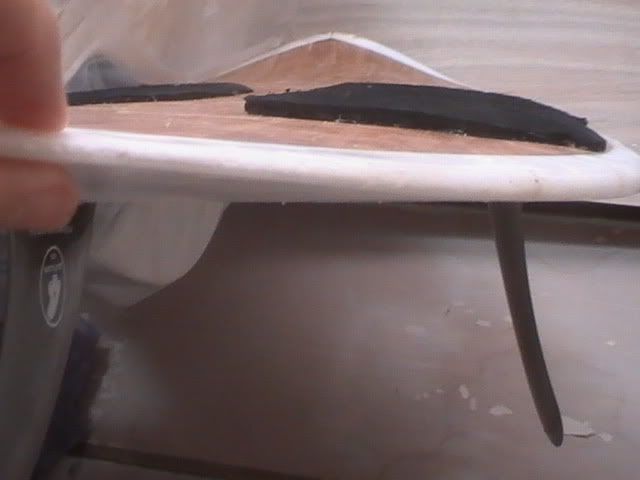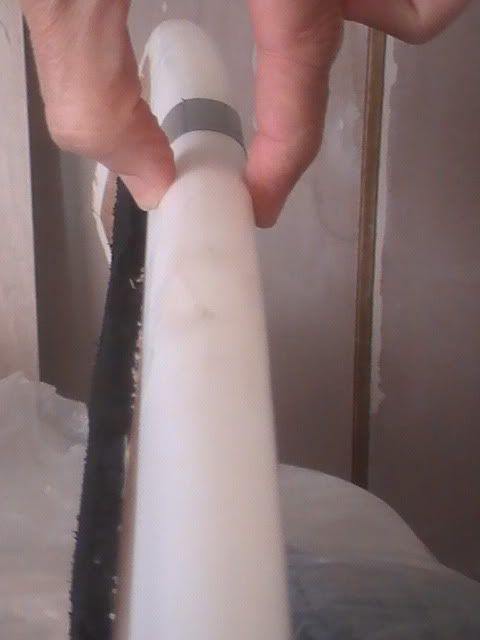Mention volume and you'll always fire up the big boys.
Tow in boards. Low volume, low area, even weighted.
Hydrofoil boards. pretty much zero volume.
Then we get to the ultimate low volume kneeboard - the spoon.
You could make up a sheet of curved plastic with zero internal volume, but positive water displacement (i.e. rails). Technique and wave power would dictate whether you could cut-back, etc. To design such a craft: Hull (like a spoon), stepped bottoms like edge boards, "modern" bottom? Allow for dynamic rocker like spoons or build in stiff rocker? Outline...etc. etc. Would it do, to paraphrase he who should not be named on this site, wigglebutt surfing? Unlikely. Would it be a trip? Very likely.
Or you could just deflate your mat and learn lessons that way
As Tim Minchin said to the University of WA gathered faculty and students: Opinions, unlike assholes, need to be pulled apart and examined closely for gaps and defects.




